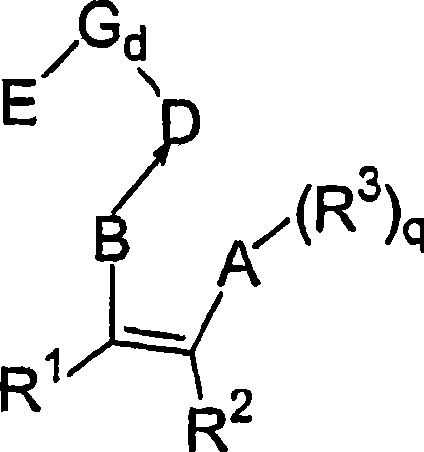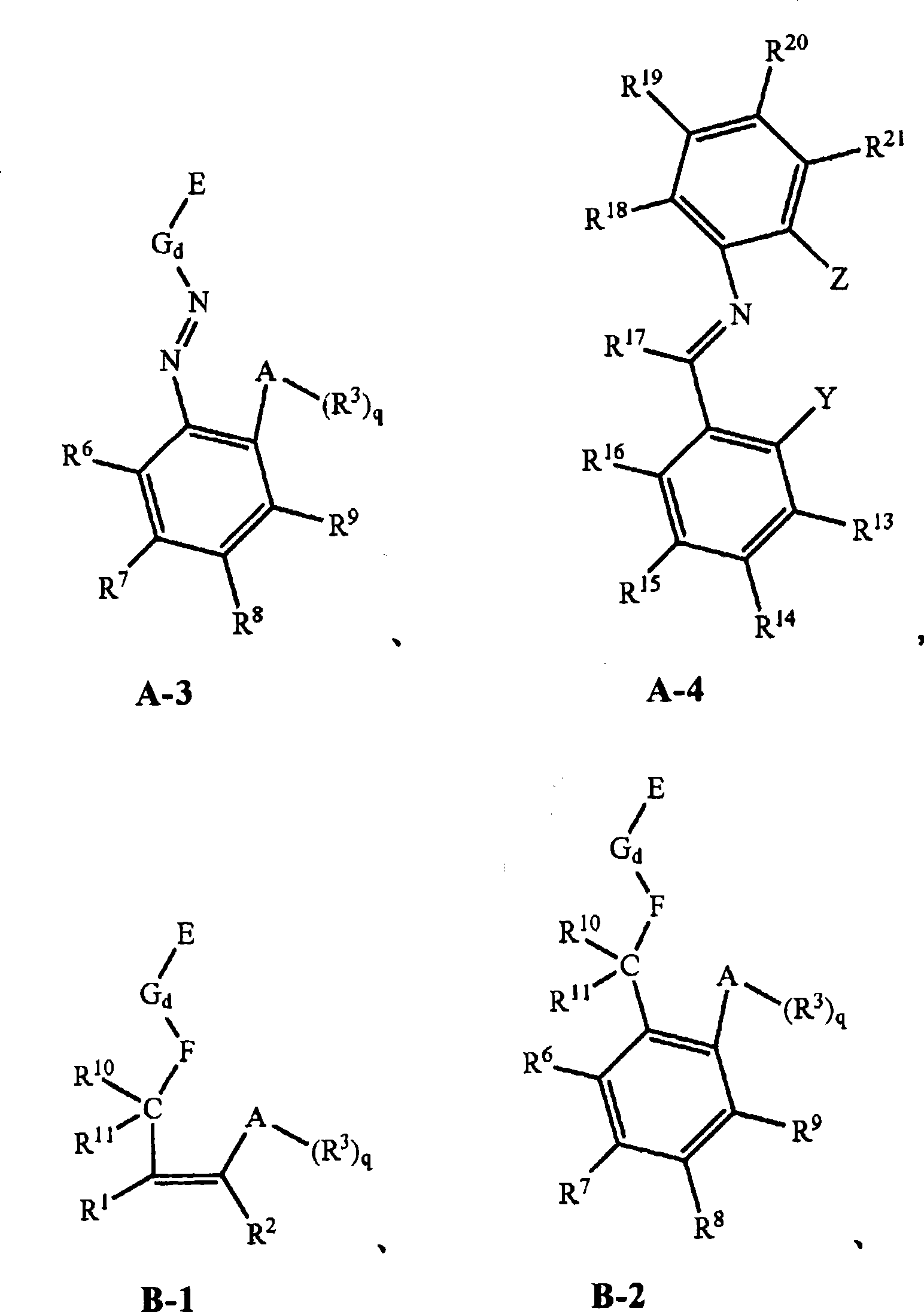Magnesium compound load type non-metallocene catalyst and preparation thereof
A magnesium compound, non-metallocene technology, applied in the field of magnesium compound-supported non-metallocene catalysts, can solve the problems of inapplicability to industrial production, high vacuum, and low activity of olefin polymerization
- Summary
- Abstract
- Description
- Claims
- Application Information
AI Technical Summary
Problems solved by technology
Method used
Image
Examples
preparation example Construction
[0112] First, the present invention relates to a preparation method of a magnesium compound-supported non-metallocene catalyst, comprising the following steps: contacting a magnesium compound with a non-metallocene ligand to obtain a contact product, and A step of treating the contact product with a chemical treatment agent to obtain the magnesium compound supported non-metallocene catalyst.
[0113]The magnesium compound is the carrier of the supported non-metallocene catalyst, such as magnesium halide, alkoxymagnesium halide, alkoxymagnesium, alkylmagnesium, alkylmagnesium halide, alkylalkoxymagnesium or Any one or a mixture of more.
[0114] Specifically, magnesium halide such as can be selected from magnesium chloride (MgCl 2 ), magnesium bromide (MgBr 2 ), magnesium iodide (MgI 2 ) and magnesium fluoride (MgF 2 ), among which magnesium chloride is preferred.
[0115] Alkoxymagnesium halides such as can be selected from methoxymagnesium chloride (Mg(OCH 3 )Cl), ethox...
Embodiment 1
[0258] Magnesium compound is anhydrous magnesium chloride (MgCl 2 ), the chemical treatment agent uses titanium tetrachloride (TiCl 4 ).
[0259] The non-metallocene ligand adopts the structural formula compound of.
[0260] Weigh a certain amount of non-metallocene ligand, add 25ml of dichloromethane to dissolve, then add 5g of anhydrous magnesium chloride, react at 30°C for 4 hours, filter, wash with hexane twice, each 25ml, and then vacuum dry Get the contact product.
[0261] Measure 25ml of hexane solvent, add it to the contact product, add the chemical treatment agent dropwise for 15 minutes under the condition of stirring, react at 30°C for 4 hours, filter, wash with hexane 3 times, 25ml each time, and finally vacuumize Dry to obtain the supported non-metallocene catalyst.
[0262] The molar ratio of chemical treatment agent to non-metallocene ligand is 1:0.5. The molar ratio of the non-metallocene ligand to the magnesium compound is 1:5.
[0263] The catalyst i...
Embodiment 1-1
[0265] Basically the same as Example 1, but with the following changes:
[0266] The magnesium compound is changed to magnesium bromide (MgBr 2 ), the chemical treatment agent was changed to zirconium tetrachloride (ZrCl 4 ). The non-metallocene ligand adopts the structural formula as compound of.
[0267] The non-metallocene ligands were dissolved in toluene solvent, washed with toluene, and dried in vacuum.
[0268] The molar ratio of chemical treatment agent to non-metallocene ligand is 1:0.3.
[0269] The molar ratio of the non-metallocene ligand to the magnesium compound is 1:3.
PUM
 Login to View More
Login to View More Abstract
Description
Claims
Application Information
 Login to View More
Login to View More - R&D
- Intellectual Property
- Life Sciences
- Materials
- Tech Scout
- Unparalleled Data Quality
- Higher Quality Content
- 60% Fewer Hallucinations
Browse by: Latest US Patents, China's latest patents, Technical Efficacy Thesaurus, Application Domain, Technology Topic, Popular Technical Reports.
© 2025 PatSnap. All rights reserved.Legal|Privacy policy|Modern Slavery Act Transparency Statement|Sitemap|About US| Contact US: help@patsnap.com



